
Message
from the director
An extraordinary level of scientific output, and FLEET's response to COVID-19 in 2020
2020 is FLEET’s third full year of operations. In 2020 FLEET comprised 20 chief investigators at seven Australian node universities, 26 partner investigators at 18 institutions worldwide, 45 postdoctoral fellows and 65 HDR students.
The COVID-19 pandemic disrupted laboratory work in 2020, so research efforts were redirected towards publishing work in progress and exploring new theoretical directions.
Significant progress was also made in organising and publishing major reviews and perspective articles highlighting progress in FLEET research areas. These included reviews of multiferroics for future low-energy data storage, electrical transport in 2D topological materials, and the quantum anomalous Hall effect (QAHE) and spin‐gapless semiconductors.
Additional reviews on the topological Dirac semimetal Na3Bi and ferromagnetic proximity coupling for engineering topological phases are in press.
The result has been an extraordinary level of scientific output in 2020, especially in high-impact journals.
In 2021, FLEET will see a renewed and energetic focus on laboratory work to make up for lost time in 2020.
Adapting to COVID-19
The COVID-19 pandemic required major adjustments to many aspects of FLEET’s program. In response to restrictions on travel, FLEET instituted a virtual Trans-Pacific Colloquium series particularly focused on bringing FLEET researches together with partners and stakeholders in North America (see case study), FLEET co-hosted numerous online events with other Centres of Excellence, the MacDiarmid Institute (NZ), Institute of Electrical and Electronics Engineers (IEEE), ANSTO and others (see article).
While FLEET’s face-to-face outreach efforts were necessarily limited in 2020, we innovated new ways to keep our members involved in science outreach. Centre members generated home-science videos at home during lockdown, came up with an inexpensive DIY solution to create a virtual lightboard, and delivered skills workshops on graphics, animation and perfecting the science pitch. Many other activities were adapted to online delivery, including virtual lab tours of FLEET facilities at Swinburne University of Technology, UNSW and Monash (see article).
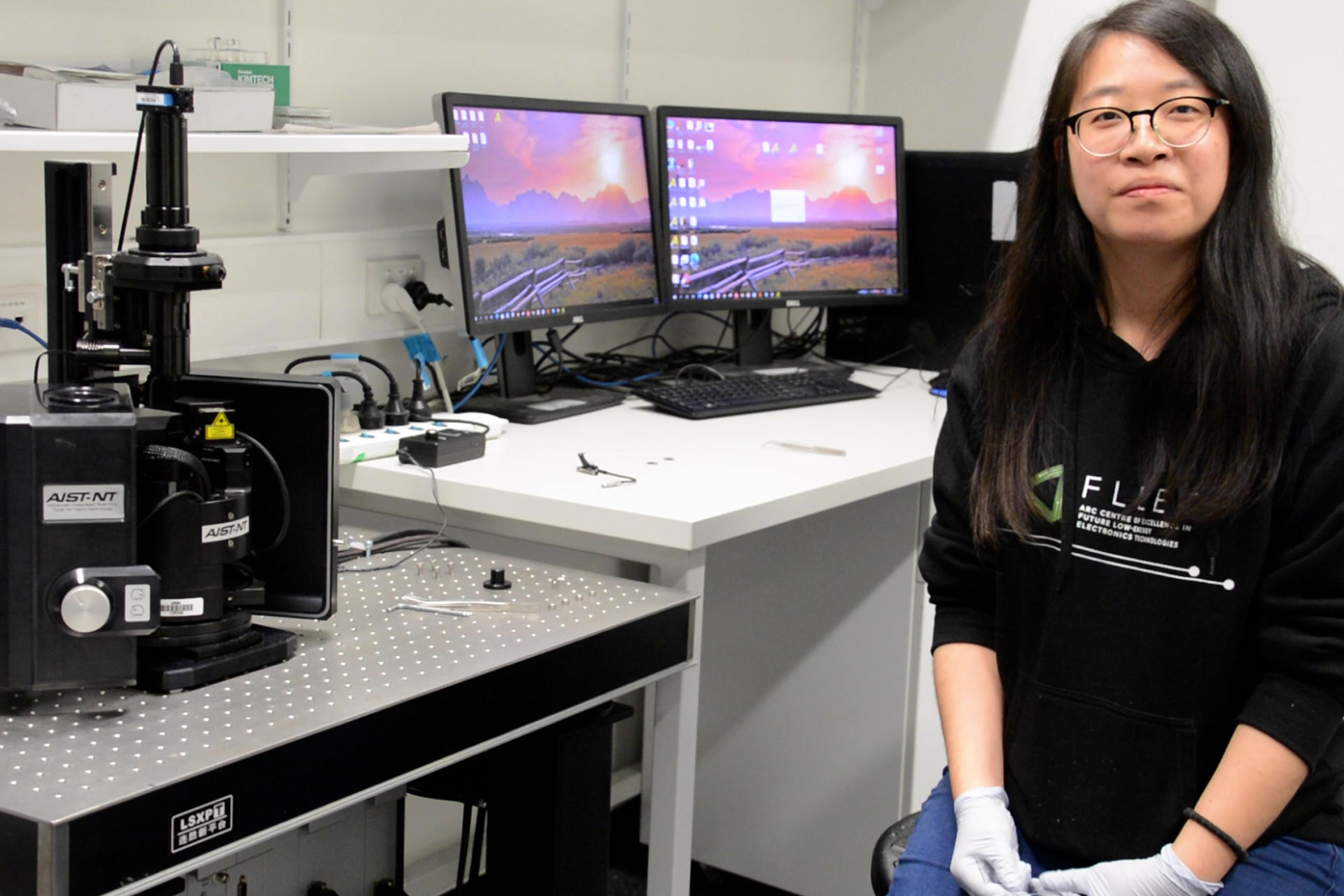
In 2020 FLEET expanded Women in FLEET funding
to cover Honours and PhD students
Advancing equity in STEM
FLEET addressed its need to increase participation of women at higher levels in 2020, up to 32% of the Centre’s advisers and liaisons and 22% of investigators. Overall, with 27% women across the Centre, we are approaching but still short of our overall target of 30% representation of women at all levels.
FLEET identified that while the impacts of the pandemic were varied, they particularly fell on caregivers and those in early in their career.
In response, FLEET ran career training for PhD students who will be job hunting post-pandemic, offered write-up scholarships for Honours and PhD students, reduced KPI requirements for outreach hours, and incorporated a mental-health and wellbeing panel into the Centre’s annual workshop.
Additionally, FLEET reviewed its mentorship programs, encouraging members to take advantage of these during the pandemic, and expanded Women in FLEET funding to cover Honours and PhD students (see Women in FLEET).
Research highlights
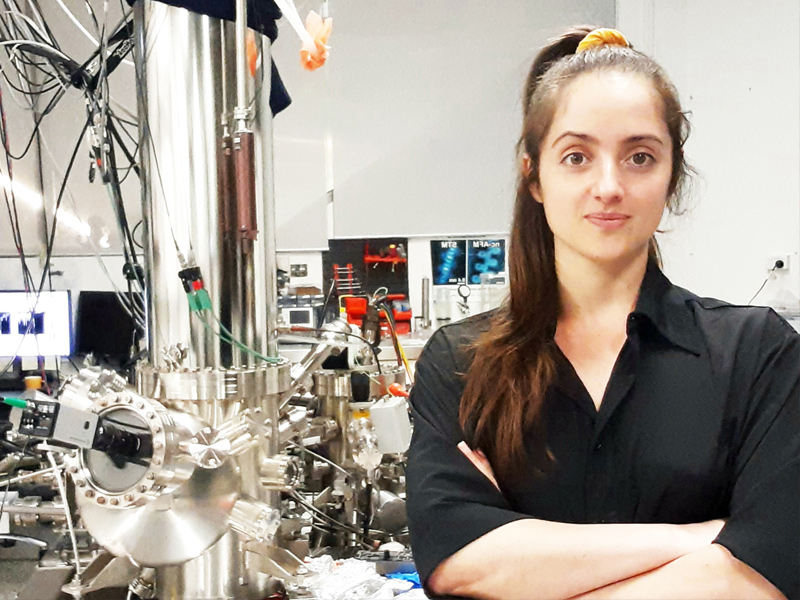
Research theme 1
FLEET’s topological materials researchers (Research theme 1) showed that a topological quantum field-effect transistor (TQFET) can in principle switch at voltages smaller than predicted by the long-standing theoretical limit termed ‘Boltzmann’s tyranny’.
This places the TQFET as one of less than a handful of device concepts that can achieve low-voltage switching while using electronic charge as the carrier of information. A patent application has been lodged on the basis of the results. Research theme 1 has also made significant advances in understanding magnetic topological insulators, measuring for the first time the magnetism-induced topological bandgap in MnBi2Te4. Additionally the team had major input into the 2020 edition of the Internationl Roadmap for Devices and Systems, the semiconductor industry’s roadmap for future technologies, with the addition of the topological quantum field-effect transistor as a concept for ‘beyond CMOS’ devices.
See case study
Research theme 2
FLEET’s exciton superfluids collaboration demonstrated strong coupling of excitons in an atomically-thin semiconductor (WS2) to light, forming exciton-polaritons at room temperature. This is a further step towards room-temperature condensation of exciton-polaritons in atomically-thin semiconductors. In a truly multidisciplinary collaboration involving researchers at ANU, Monash University and RMIT University, FLEET researchers solved a long-standing problem in the field of atomically-thin materials – using liquid-metal synthesis (previously developed in FLEET) to produce an atomically-thin, large-area, chemically-inert glass coating that encapsulated and protected atomically-thin semiconductor layers while preserving their excellent optical properties. This process is a key step in fabricating the stacks of atomically-thin semiconductor layers necessary to achieve exciton-polariton condensation.
See case study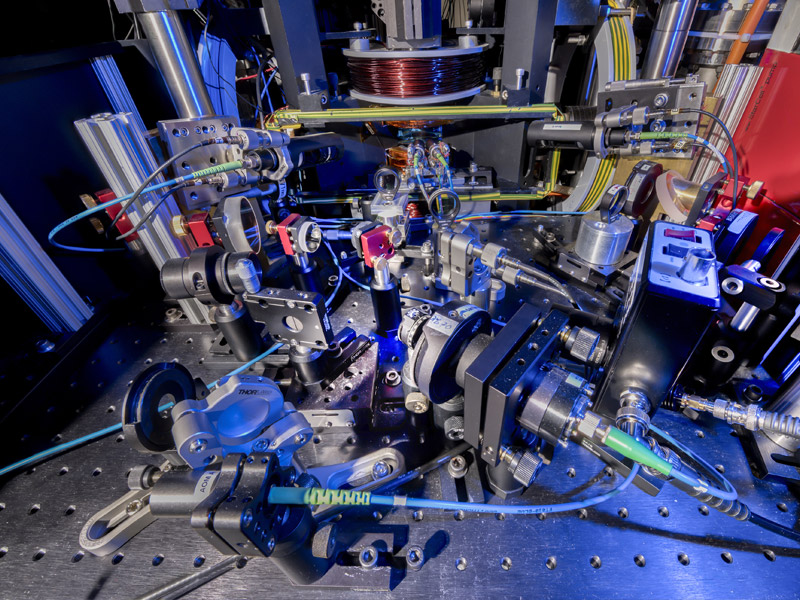
Research theme 3
FLEET’s light-transformed materials team (Research theme 3) brought online at Monash University a new facility for ultra-fast spectroscopy of 2D materials. This facility will allow researchers to modify materials’ properties dynamically using an optical or infrared ‘pump’ light pulse of femtosecond duration, and to interrogate the resulting real-time femtosecond changes to materials’ properties using terahertz probe pulses. Theme 3 researchers also demonstrated femtosecond-timescale control of the bandstructure of atomically-thin semiconductors WS2 and MoS2. Theme 3 gained a better understanding of interactions in dynamical systems, developing the theory for quantum impurities and experimental techniques to probe sound propagation in Fermi gases.
See case study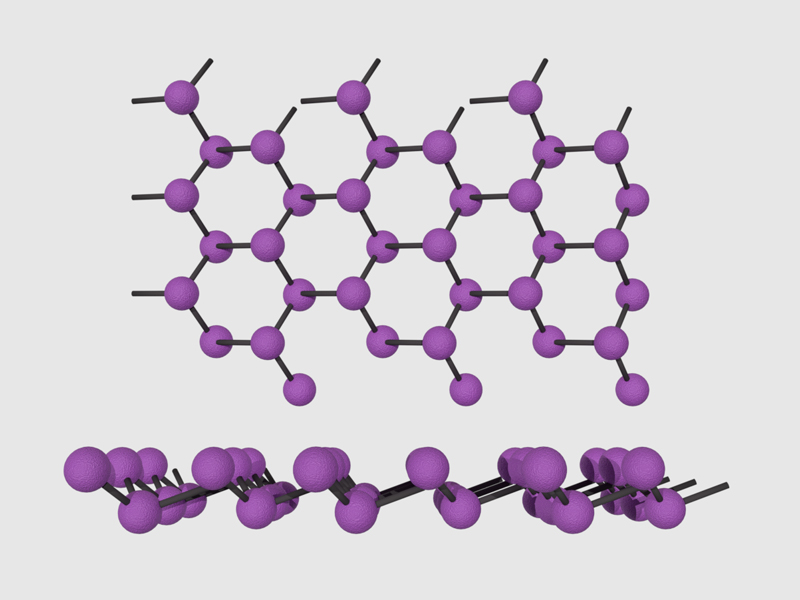
Enabling technology A
FLEET’s materials researchers (Enabling technology A) synthesised high-quality crystals of 3D topological insulators and magnetic topological insulators showing topological properties up to 50 degrees Kelvin. These crystals are now being used across FLEET to fabricate topological devices. Theme A researchers discovered high thermopower in a topological insulator/nanoparticle composite. High-thermopower materials are promising for harvesting energy from waste heat, and a patent application was filed for the new material.
See case study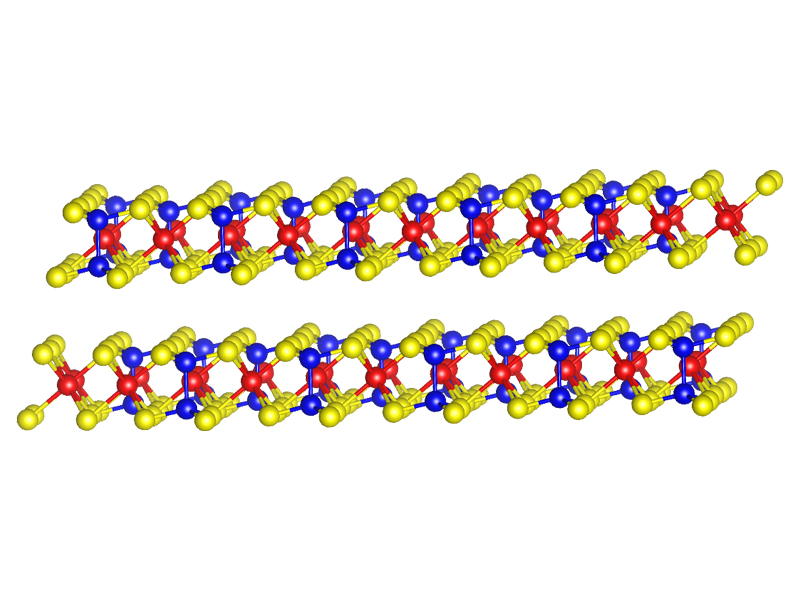
Enabling technology B
FLEET’s nano-device fabrication team (Enabling technology B) demonstrated a novel way to control the ferromagnetic coupling in the van der Waals ferromagnet Fe3GeTe2 by using an electrochemical ‘gate’ to inject protons in between the layers of the material. The liquid-metal technique for deposition of ultra-thin material layers (developed previously in FLEET) was expanded to piezoelectrics and carbon-based materials. Ferroelectric oxide hetero-structures were engineered to exhibit a novel negative differential resistance behaviour, also the subject of a patent application.
See case studyResponding to 2020
FLEET’s responses to the unique challenges of Covid-19 and isolation in 2020 included:
- Extraordinary outreach efforts in the absence of face-to-face events – (see Engage)
- Surveying our people to identify additional support requirements – (see case study)
- Relaxing outreach KPI targets where appropriate for our members’ wellbeing
- Moving FLEET’s annual workshop entirely online, using a new virtual-meeting platform – (see case study)
- Sharing personal experiences via a mental-health and wellbeing panel
- Increasing Zoom-based seminars and talks: transpacific series (see case study), Australian Institute of Physics – Australian Research Council (ARC) Centres series (see case study), Centre-wide seminars (see Collaborate)
- Trialling new communication tools – (see Engage)
FLEET’s strategic priorities
- Enable discoveries at the scientific frontier
- Develop next generation of science leaders
- Establish synergistic partnerships
- Foster equity and diversity in STEM
- Promote public STEM literacy
- Facilitate communication
2021 centre priorities
- Incorporate lessons learned from COVID, and post-COVID changes in work culture, to design new best practices for Centre collaboration, communication, education, engagement, and equity programs
- Expand equity programs to include other minority groups
- Recruit and retain female early career researchers – to reach a 2021 target of 30%
- Develop strategies to evaluate Centre impact
- Further industry-engagement effort by establishing links with semiconductor foundries and design
- Prepare for upcoming Centre mid-term review
Did you know...
FLEET brought the 10th International Conference on Spontaneous Coherence in Excitonic Systems (ICSCE10) to Australia for the first time in January 2020 (pre-pandemic), testifying to FLEET’s international leadership in this field (see article).
